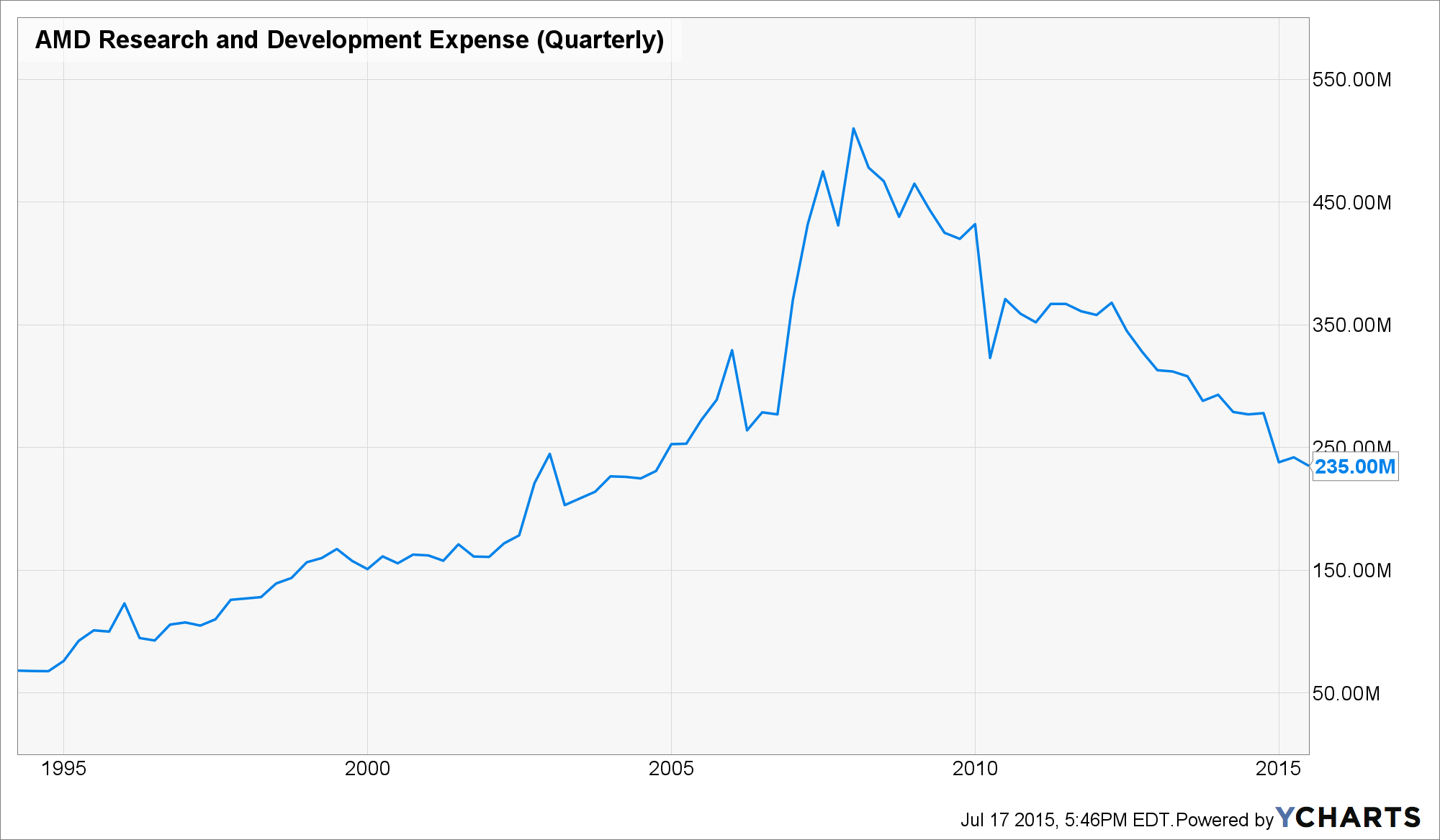So what's next for AMD? Well, we know it's
not going to splinter into different parts. Instead, some belt-tightening may be in the offing. The chipmaker's workforce is already 8 per cent smaller than it was a year ago, and we wouldn't be surprised to see it shrink further.
But hope springs eternal for AMD's chief exec. In a conference call with financial analysts on Thursday, Su said she expects sales of the company's "
Carrizo" SoCs for notebooks, which haven't been shifting very much lately, will pick up once Windows 10 ships at the end of the month.
Su has also brought in a new
fall guy boss to run AMD's tattered Computing and Graphics business in the form of Jim Anderson, an exec that she poached from Intel at the beginning of June. Among other things, he presided over Intel's $650m
purchase of the Axxia network processor business from Avago.
"Jim began his career as a processor architect and has held several leadership, business management, and engineering roles across multiple tech companies," Su said. "He is the ideal leader to return CG to a positive trajectory as we focus on stabilizing the business and then re-gaining profitable share."
We'll believe that one when we see it. ®

